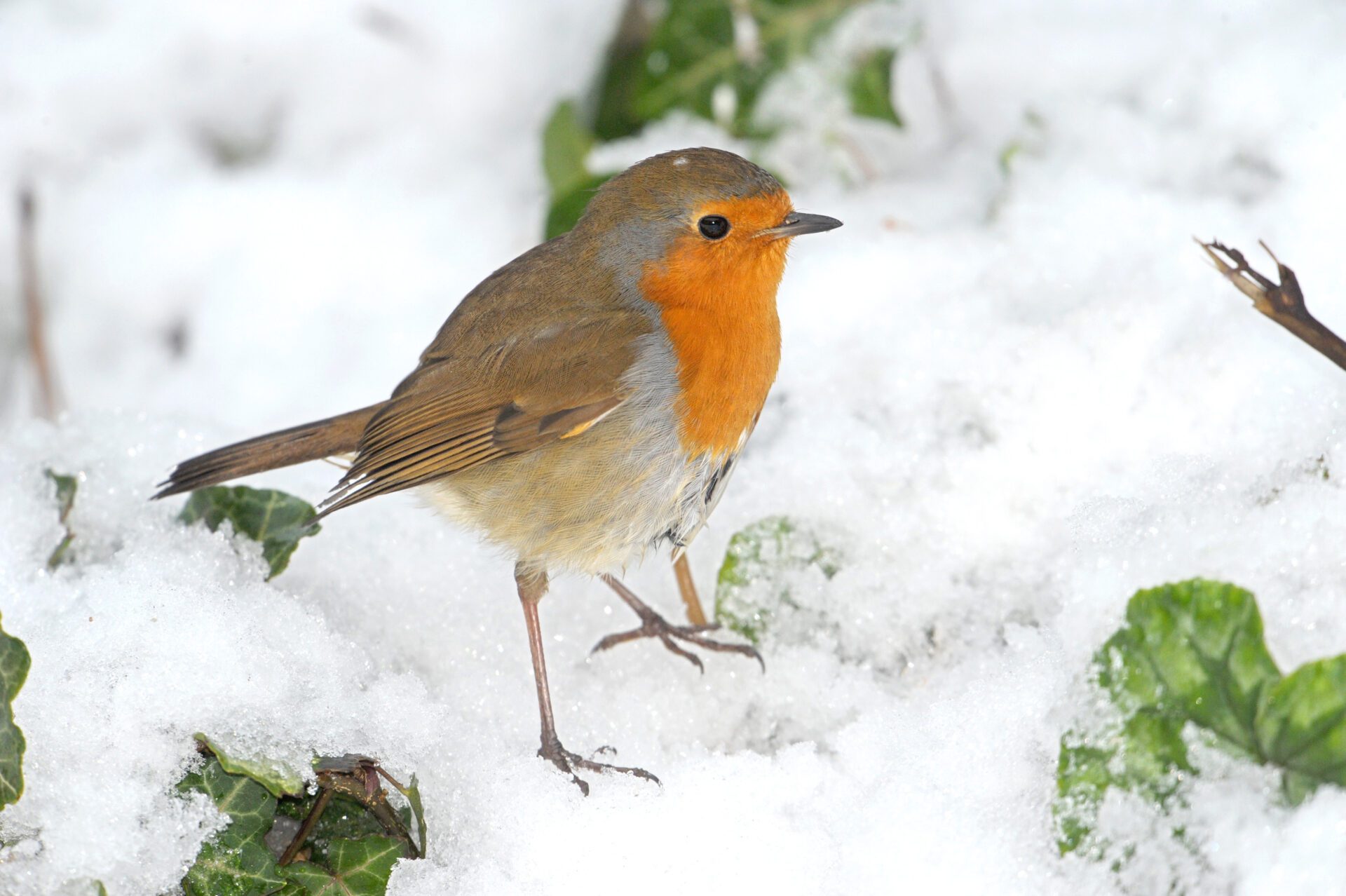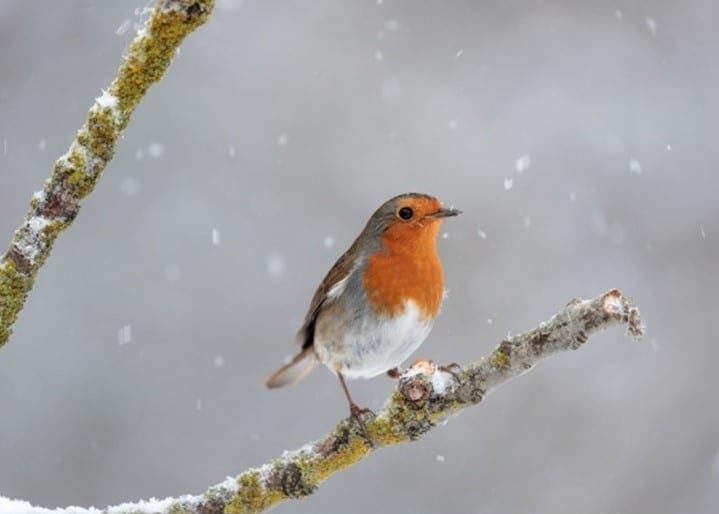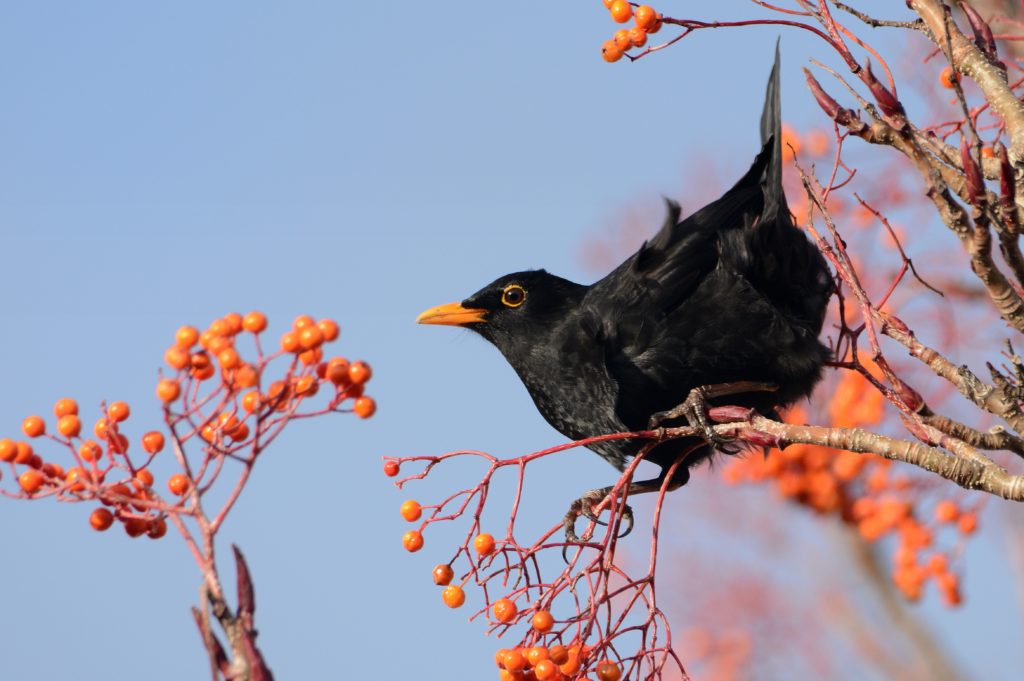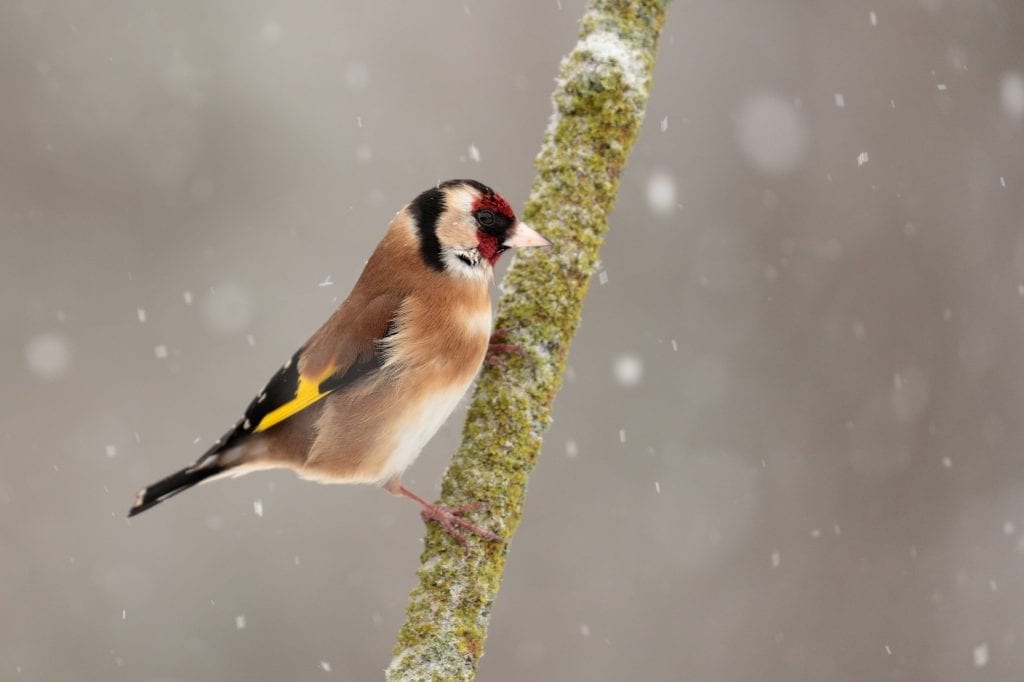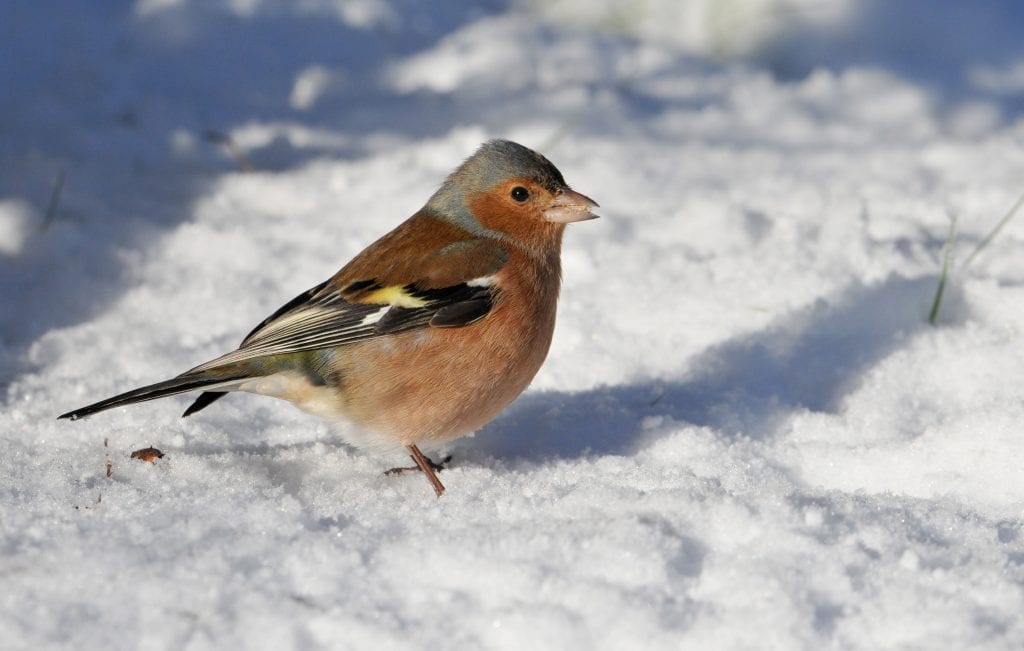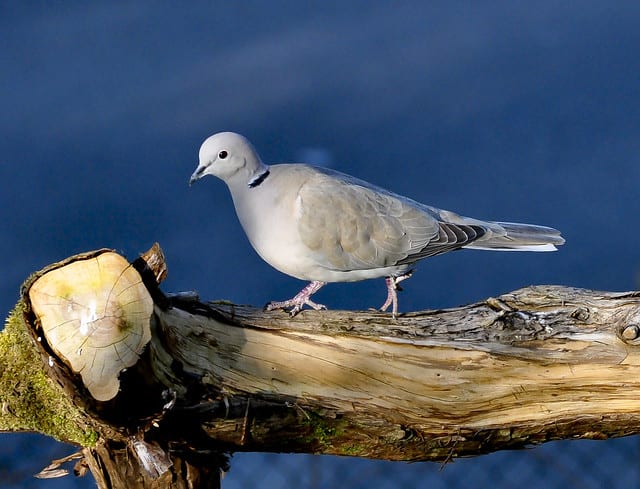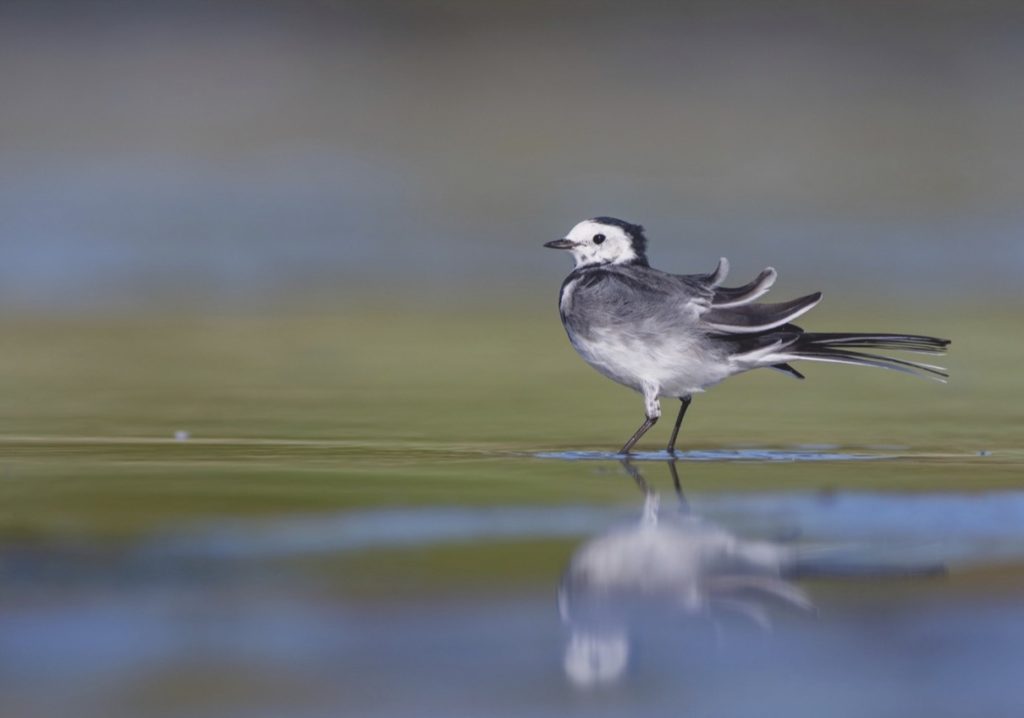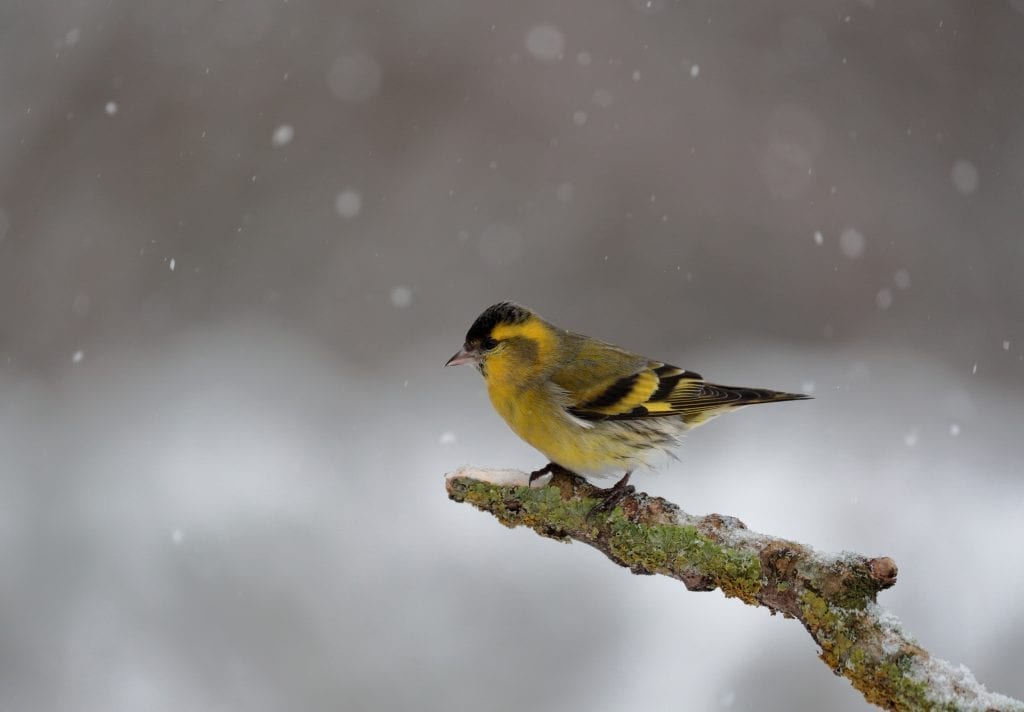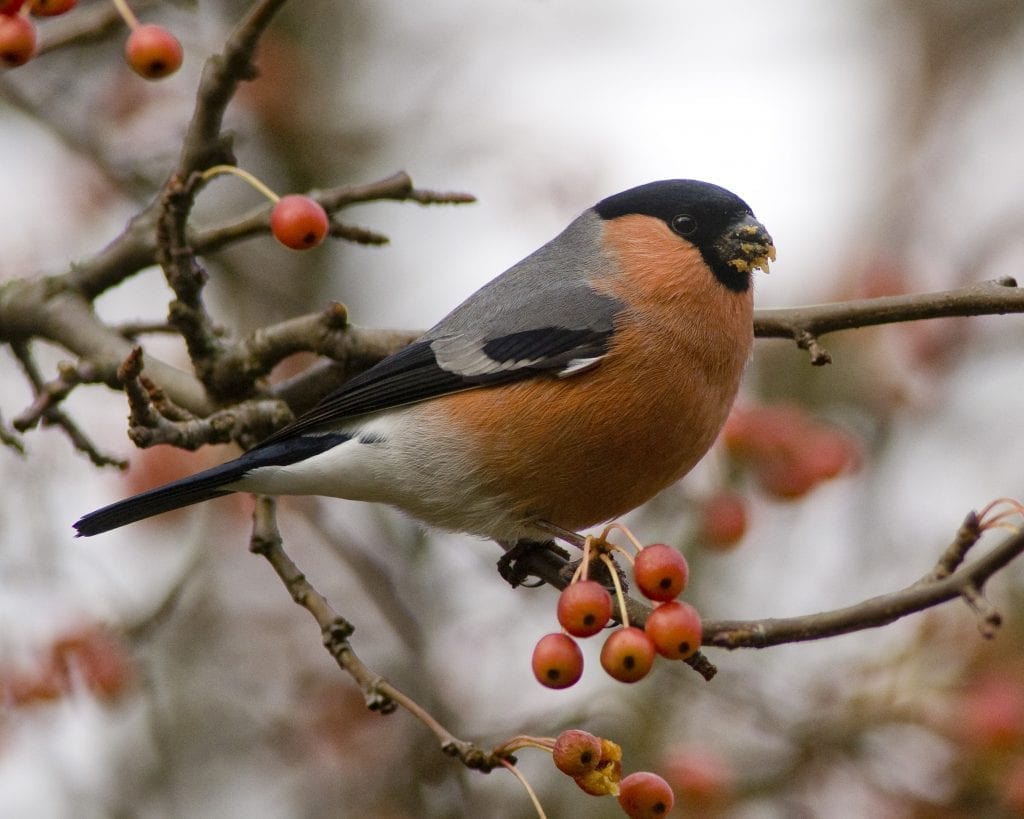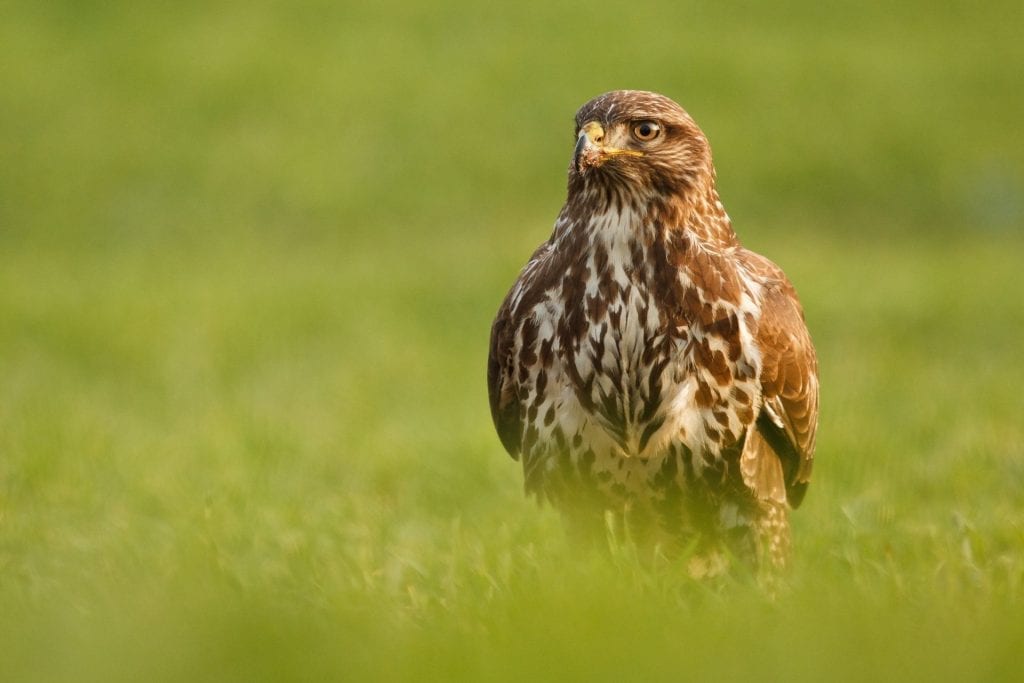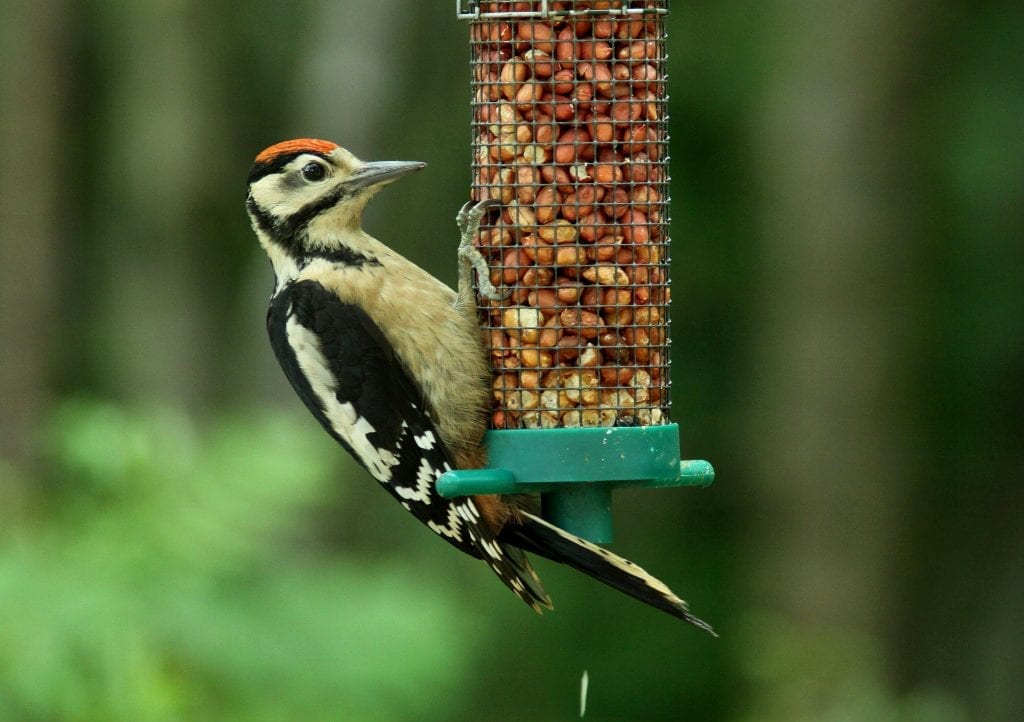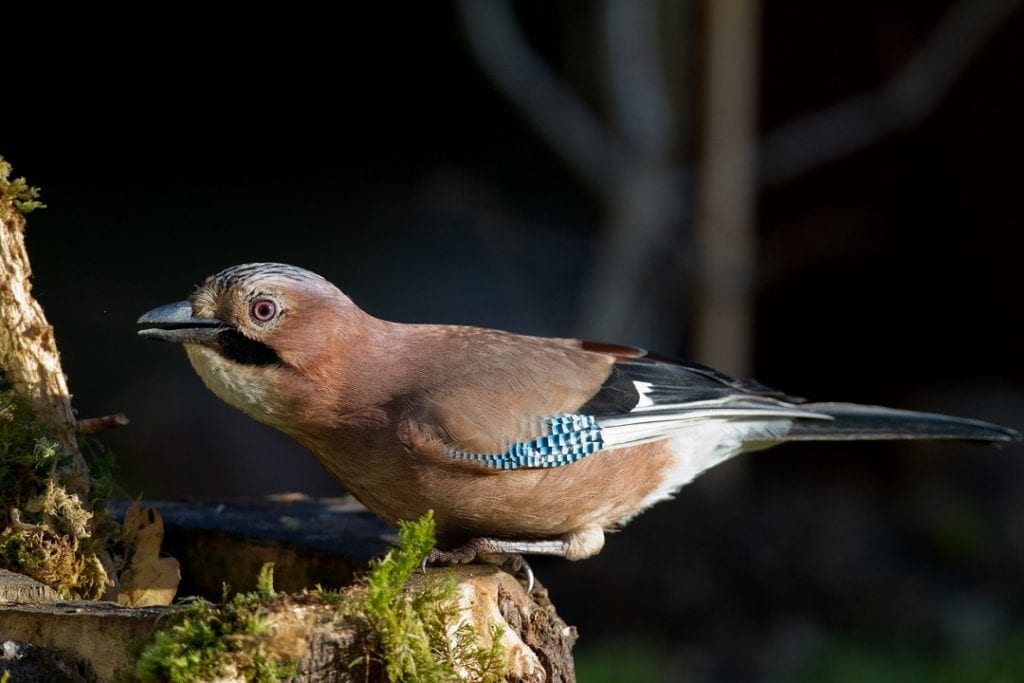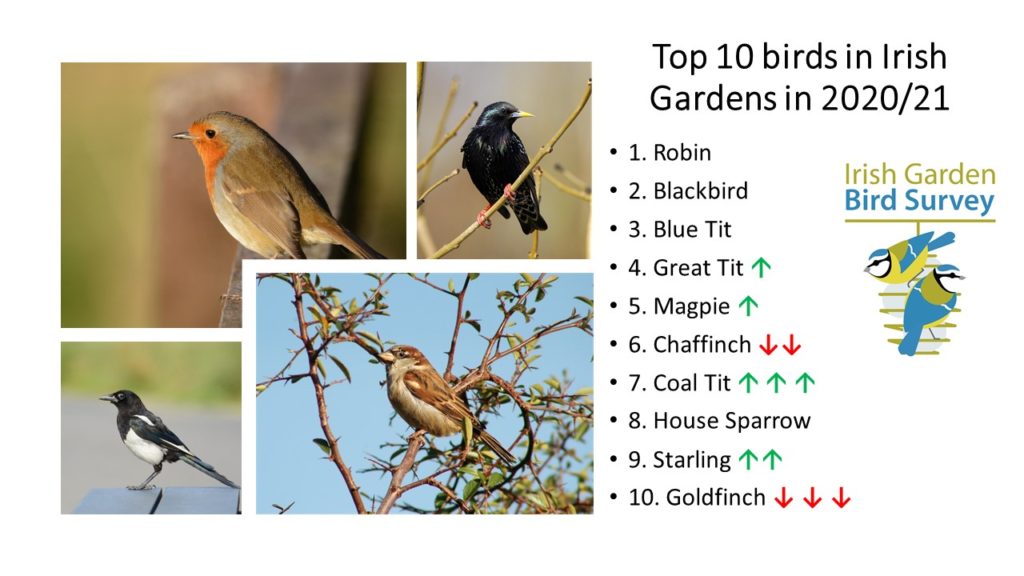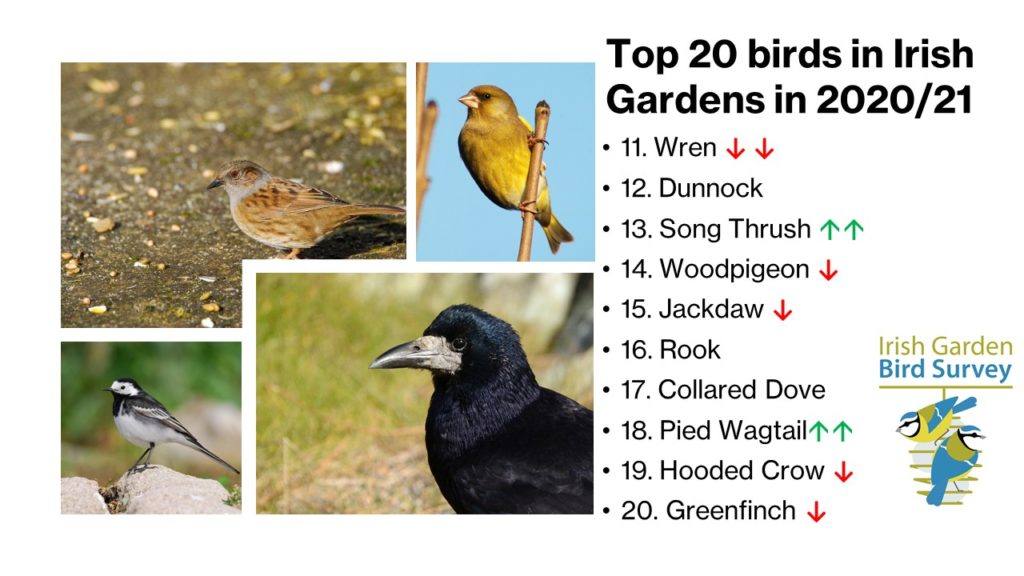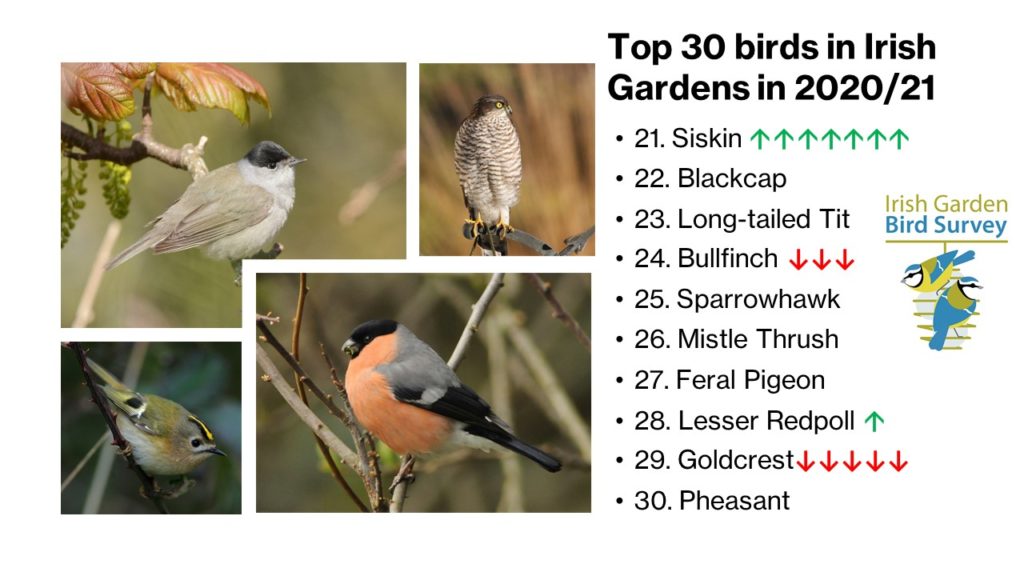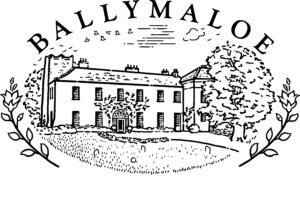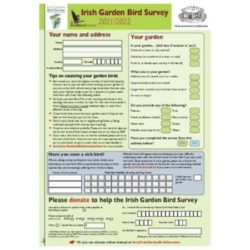There’s still time to take part in the Irish Garden Bird Survey!! See here for more details.
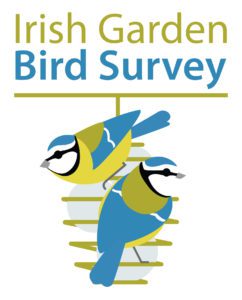
If you’re a BirdWatch Ireland member you’ll have already read the results of last year’s survey in your winter edition of Wings magazine. If you’re not a member, please join and support our work! But you can catch up on last year’s Irish Garden Bird Survey results with the overview below. If this is your first year to take part in the survey, don’t worry about knowing every single species that might appear in your garden – just familiarise yourself with the most common ones to start off. If you’re a survey veteran, then see how your garden bird list compares to the national average!
Over 90% of Irish Gardens
The species at the top of the list didn’t change much from previous years. Robin, as per usual, was on top, followed by Blackbird and Blue Tit. Great Tit and Magpie moved up a place each into 4th and 5th, thanks to a fall in the numbers of Chaffinch reported. Robins can still be territorial in the winter, so are pretty evenly spread across the country, while our Blackbird population is topped up by hundreds of thousands of migrants from Scandinavia in the winter, hence their high-ranking each year. Blue Tits and Great Tits are pretty ubiquitous too, and Magpies are very effective at exploiting both urban and rural habitats.
80-90% of Irish Gardens
Chaffinch and Goldfinch fell two and three places to 6th and 10th respectively, since the previous winter, and those declines were greatest in urban and suburban gardens rather than rural ones. On the back of a great breeding season, Coal Tit moved up three places to 7th place. House Sparrows kept 8th position, and Starling made it into the top 10 garden birds for the first time in a decade!
50-80% of Irish Gardens
Wren dropped two places to 11th, while species such as Dunnock (12th), Rook (16th), Collared Dove (17th) all stayed in the same position as the previous winter. When a winter is pretty mild (the occasional storm excluded) we tend to see this stability in the rankings across many species. There was some slight movement for Woodpigeon (14th), Jackdaw (15th) and Hooded Crow (19th), all of which fell one place. The mild weather tends to mean these species aren’t forced to retreat to gardens for food as much as in other winters. Song Thrush increased by around 2% and jumped to places in the rankings to 13th. Pied Wagtail rose up two places to 18th and occurred in >7% more gardens than they did on average over the preceding five year period. Despite being very common in towns, cities and shopping centre carparks, they’re actually seen in twice as many rural gardens as urban or suburban ones.
Greenfinch continue to suffer the devastating effects of trichomoniasis (make sure to clean your feeders regularly!) and reached a new low for the species in the survey – 20th place.
20-50% of Irish Gardens
While the above species occur in more than 50% of gardens, you’re in the minority if one of the below appears in your garden this winter:
Siskin jumped up 7 places (8%) since the previous year. They usually start to appear in gardens from mid-January onwards, but they were making appearances from late November right through to March in most parts of the country last winter. No other species made such a big jump pup the table!
One of the bigger losers was Goldcrest – down 5 places to 29th, a decrease of nearly 8%. It was a mild winter, and a good breeding season for most species in 2020, so the reason for this isn’t immediately obvious. Bullfinch dropped three places to 24th, but this might just be due to the mild winter and abundance of feeding options in the wider countryside, as they’re not a bird that visits feeders and so aren’t as associated with gardens as other finches.
Other species in the 20-50% band include Blackcap, Long-tailed Tit, Sparrowhawk, Mistle Thrush and Feral Pigeon. Again, not species that tend to avail of bird feeders with any regularity, but species who know how to make a good living in a human-dominated landscape, be it rural, urban or suburban.
Best of the rest
Despite being a non-native species, Pheasants tend to be seen in 15-20% of gardens each year, which is surprisingly high considering they don’t tend to breed well in the wild, so are reliant on being released by gun clubs every autumn.
Buzzards moved two places up the rankings and are seen over 15% of gardens each winter.
Herring Gulls were in 11% of gardens, Black-headed Gulls in 4%, and 1.3% of gardens had some sort of gull visiting but weren’t sure what species!
Great Spotted Woodpeckers are one of the most recent additions to our bird community, and over 4% of gardens had one visiting their peanut feeders (it’s always peanut feeders!) last winter. They’re now breeding in almost every county in Ireland, so expect to see them charging up the rankings table in the coming years.
Last year was a mast year for acorns, which meant Oak trees were providing a huge bounty for species such as Jays, and as a result they were seen in fewer gardens than usual (8%, down 1% from the average). This tends to happen every few years.
Lastly, Redwing and Fieldfare, our two wintering thrush species, both dropped a bit, thanks again to the mild winter.
See below for the full Top 30 birds in Irish gardens last winter, and their various ups and downs since the previous year. Most gardens record between 10 and 25 species over the course of a winter. Whether you have more or less than that, we still need you do to the survey!
We are hugely grateful to Ballymaloe for their sponsorship and support of the Irish Garden Bird Survey.
For more details about the Irish Garden Bird Survey click here, or download the survey form below.

